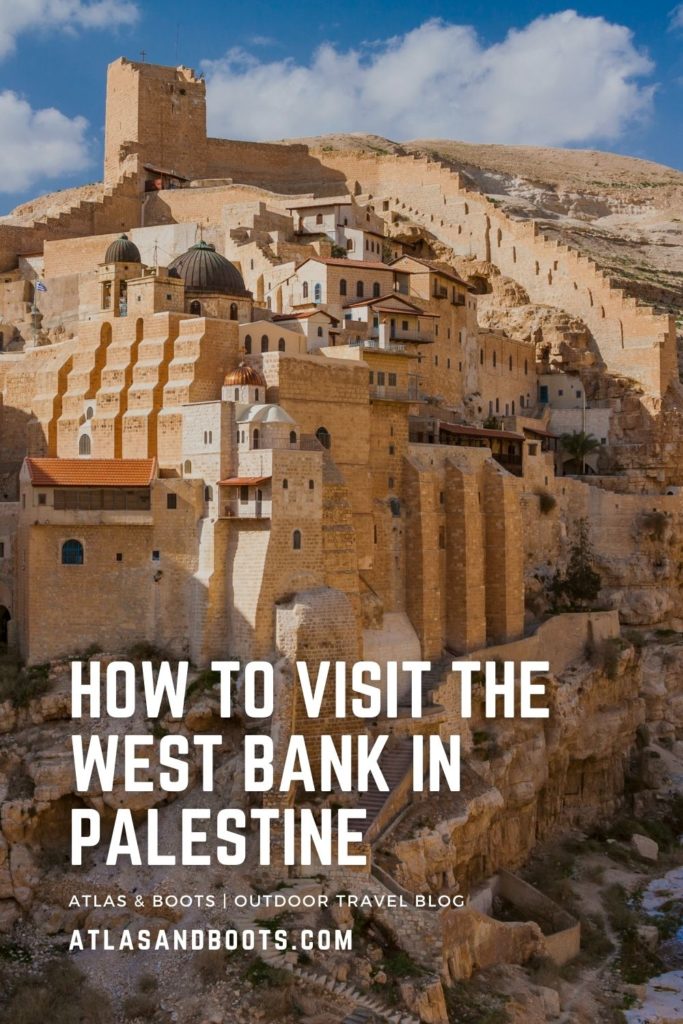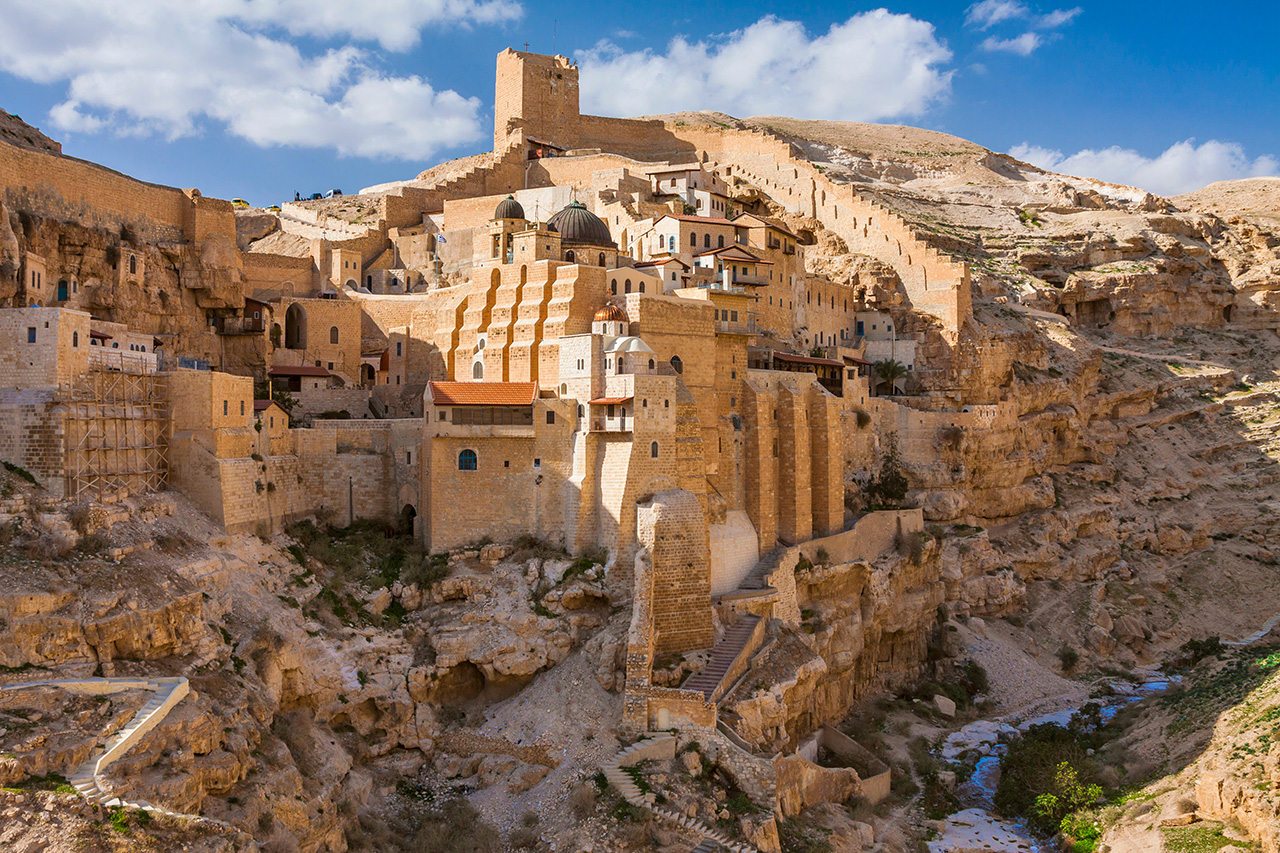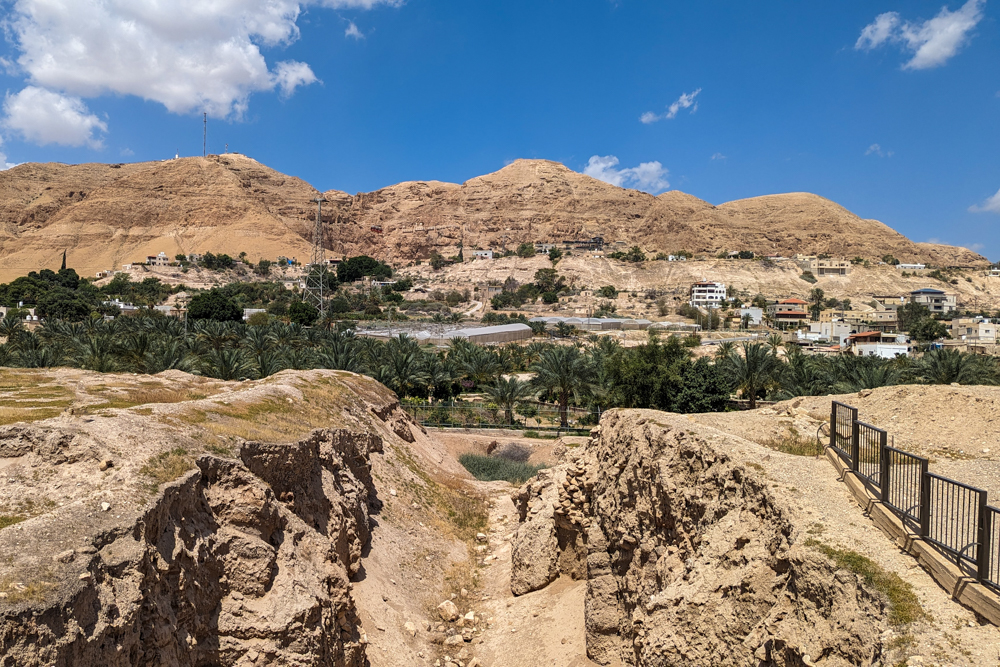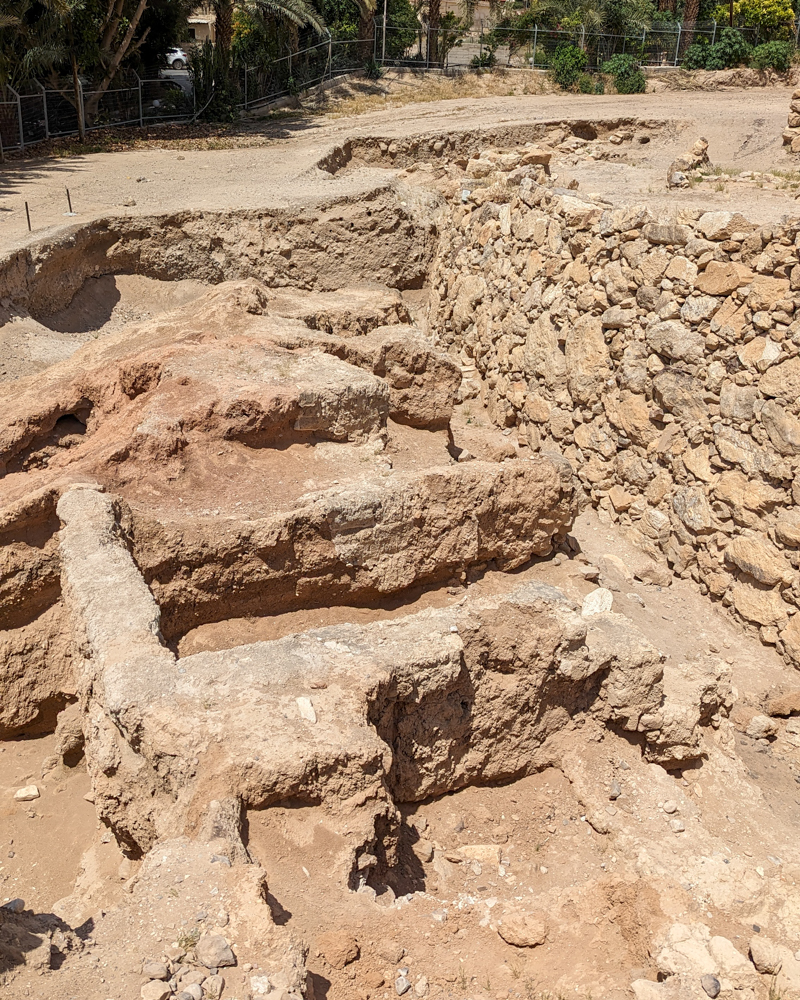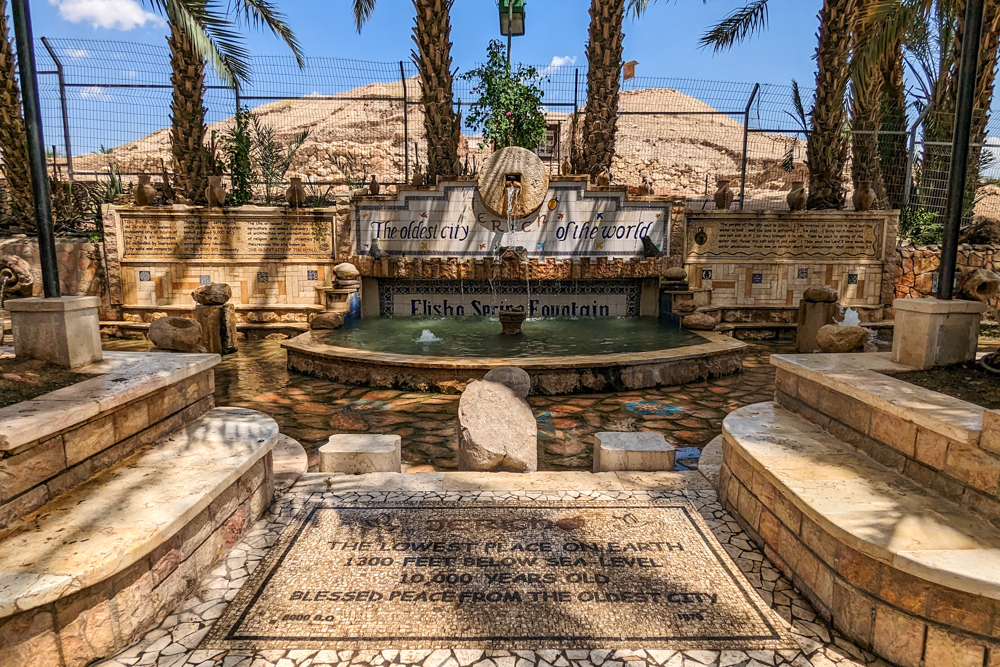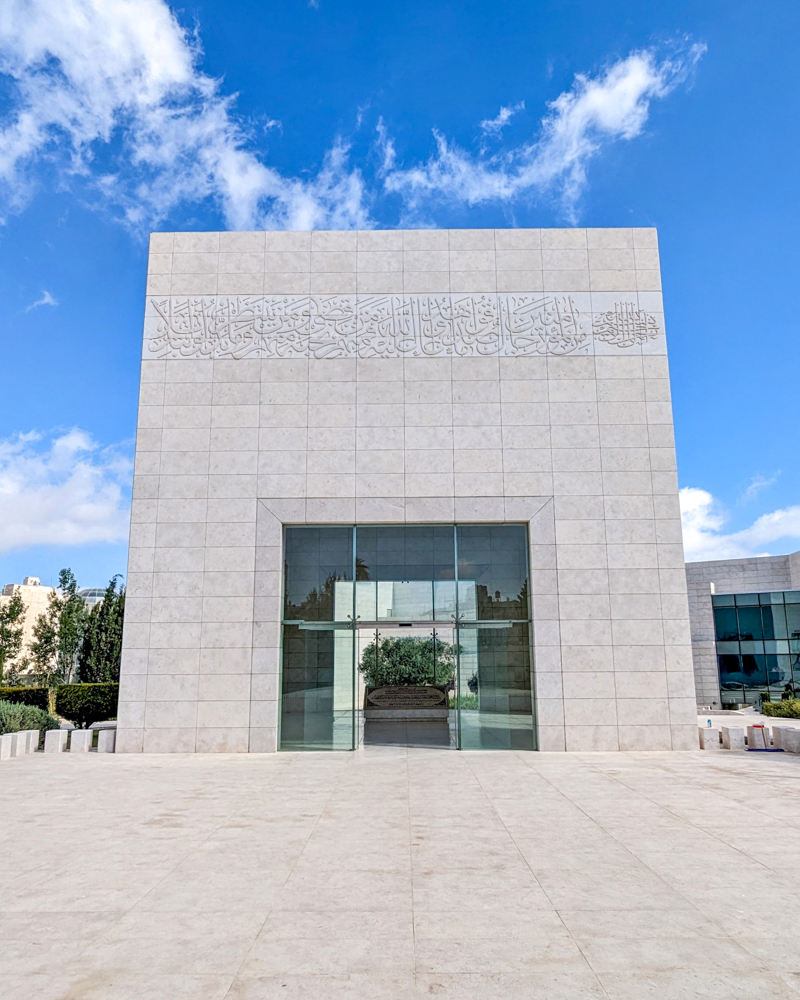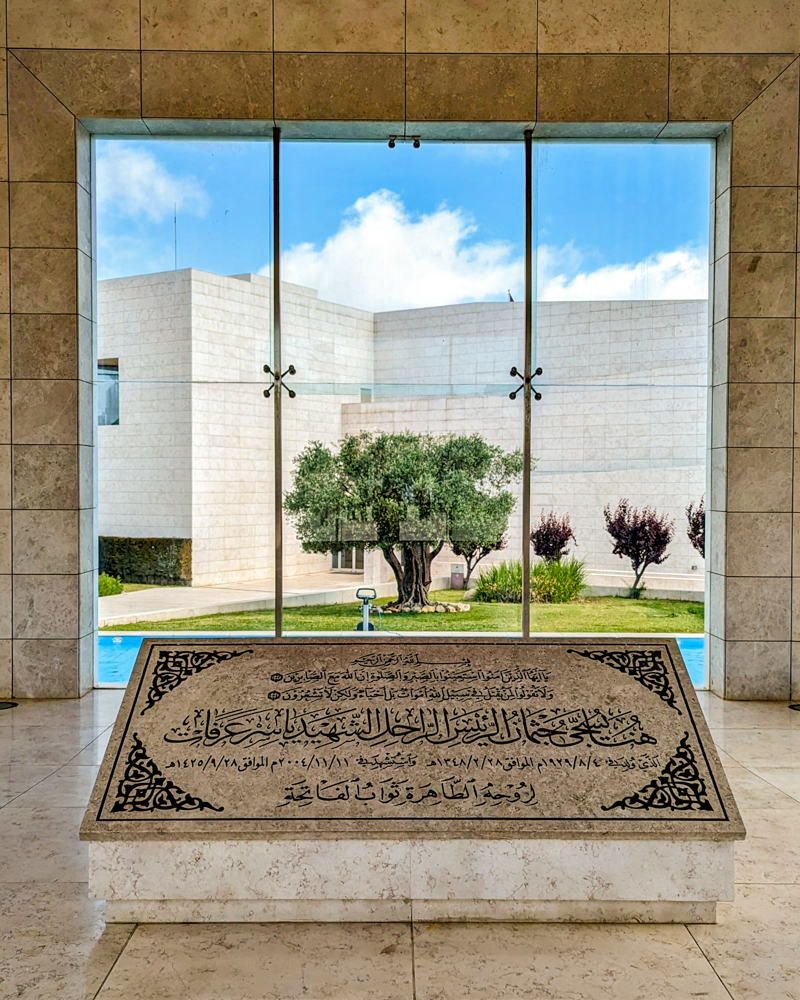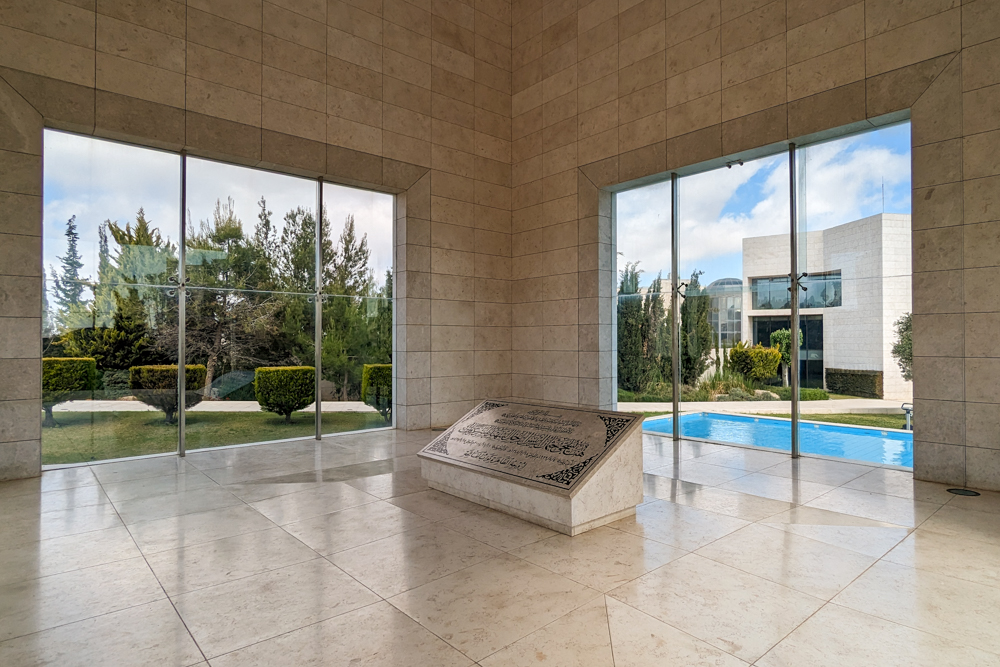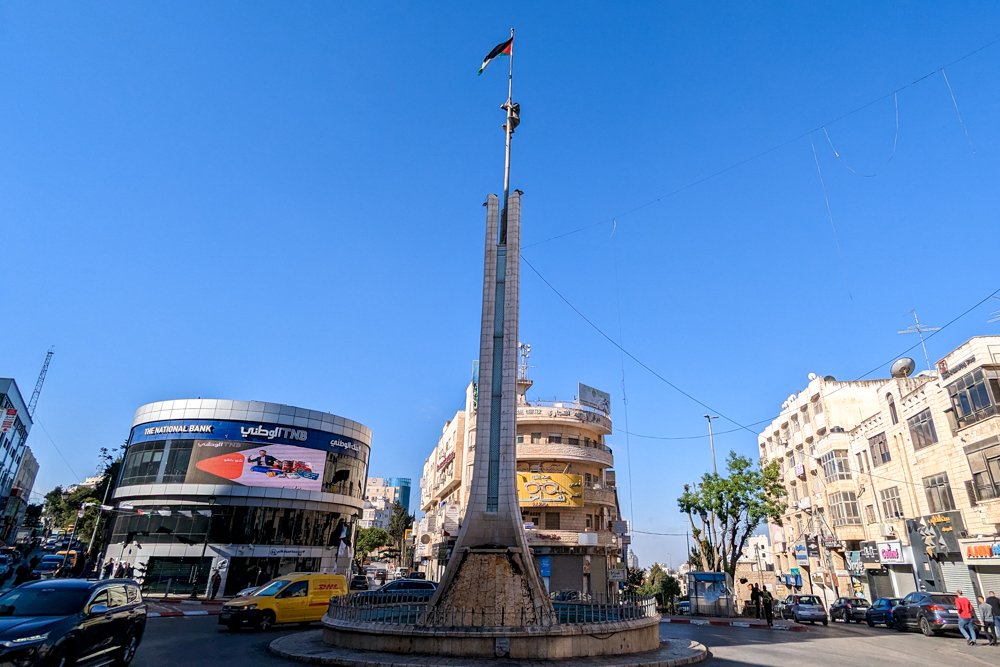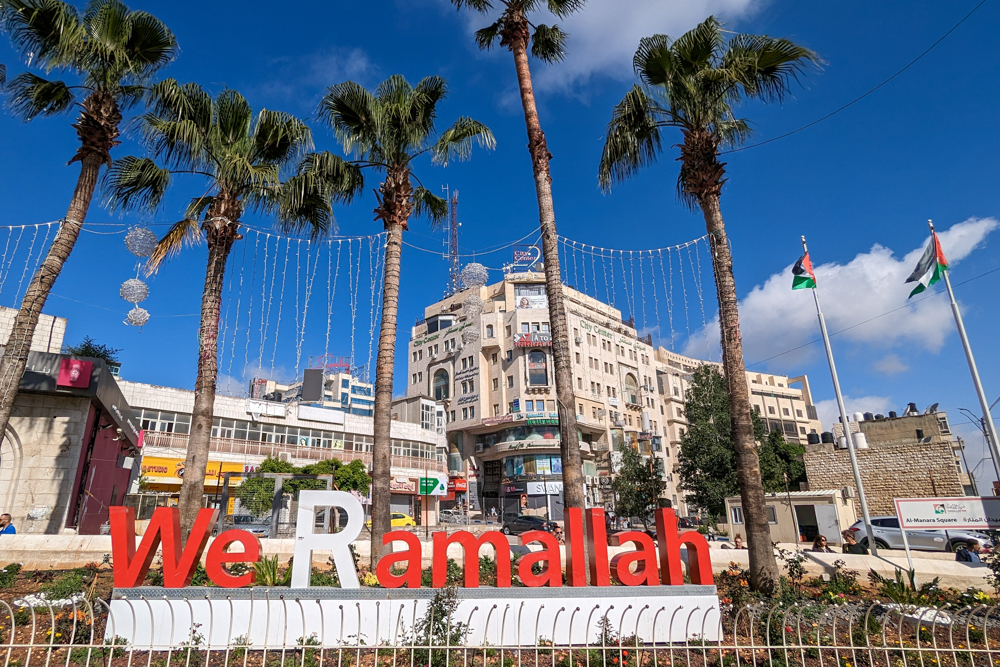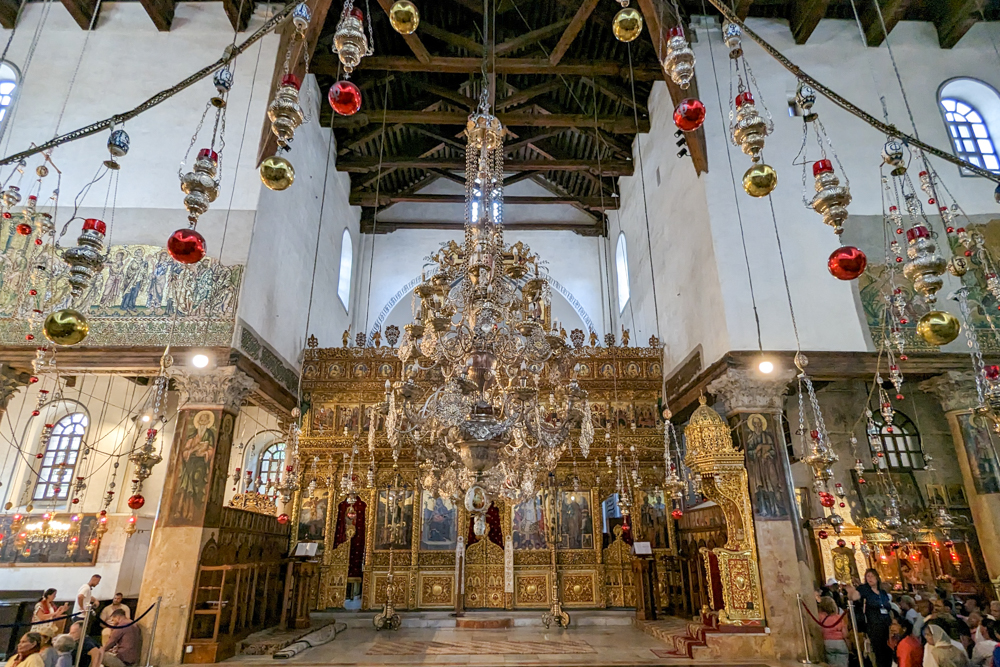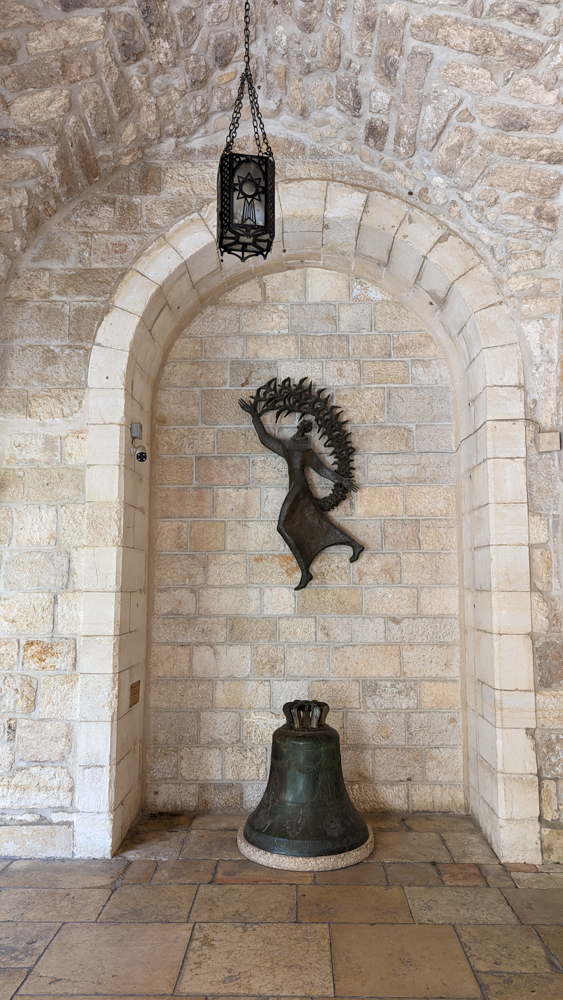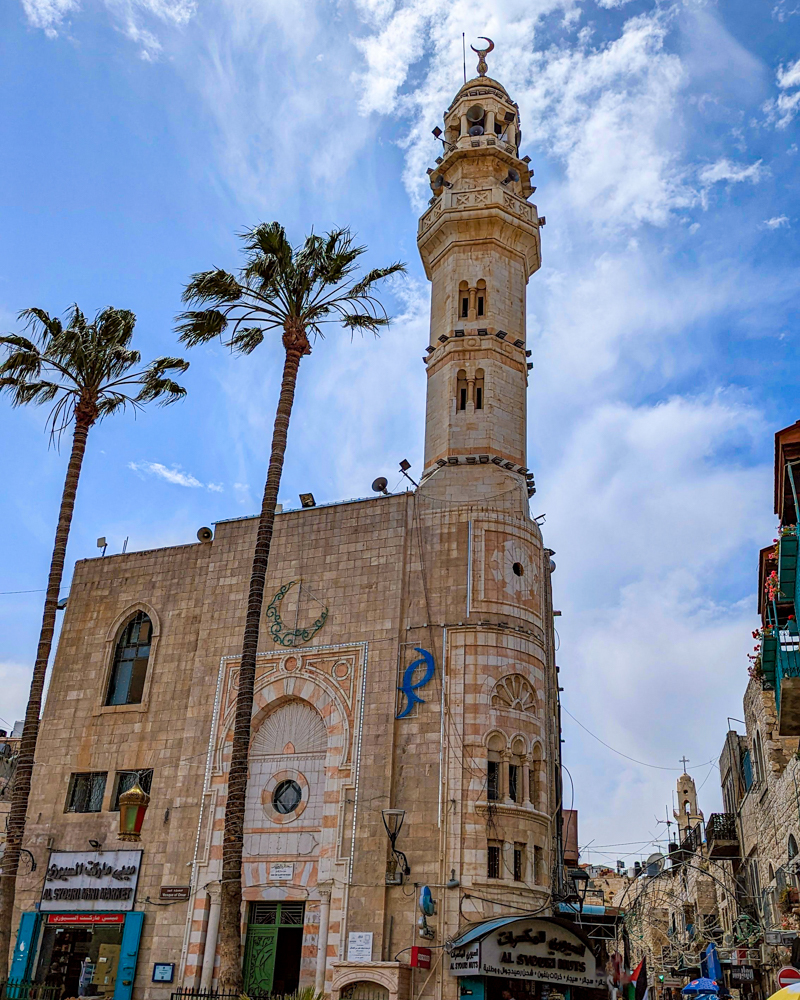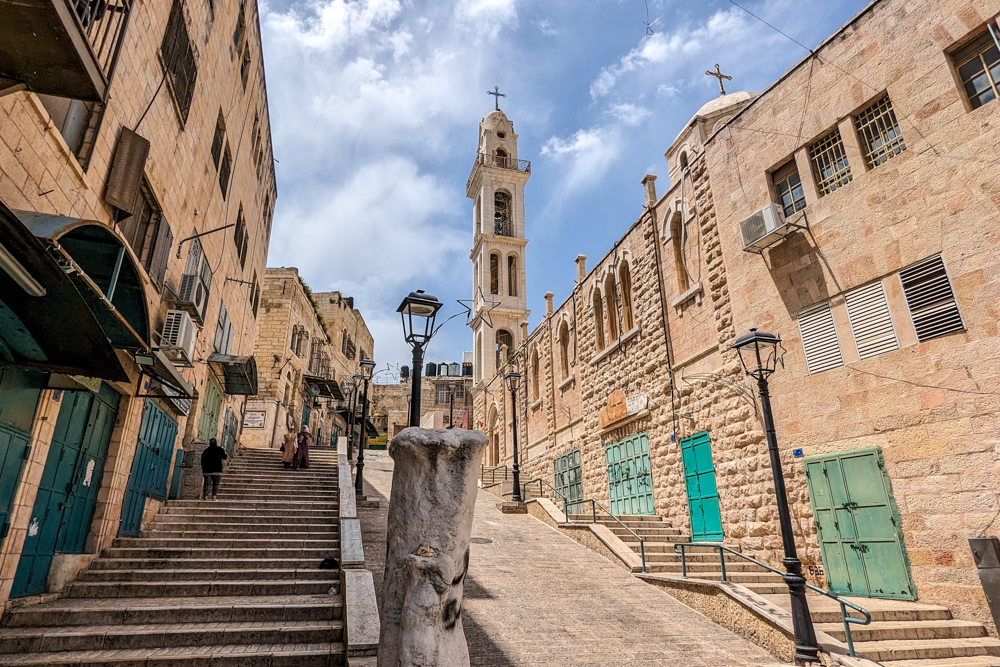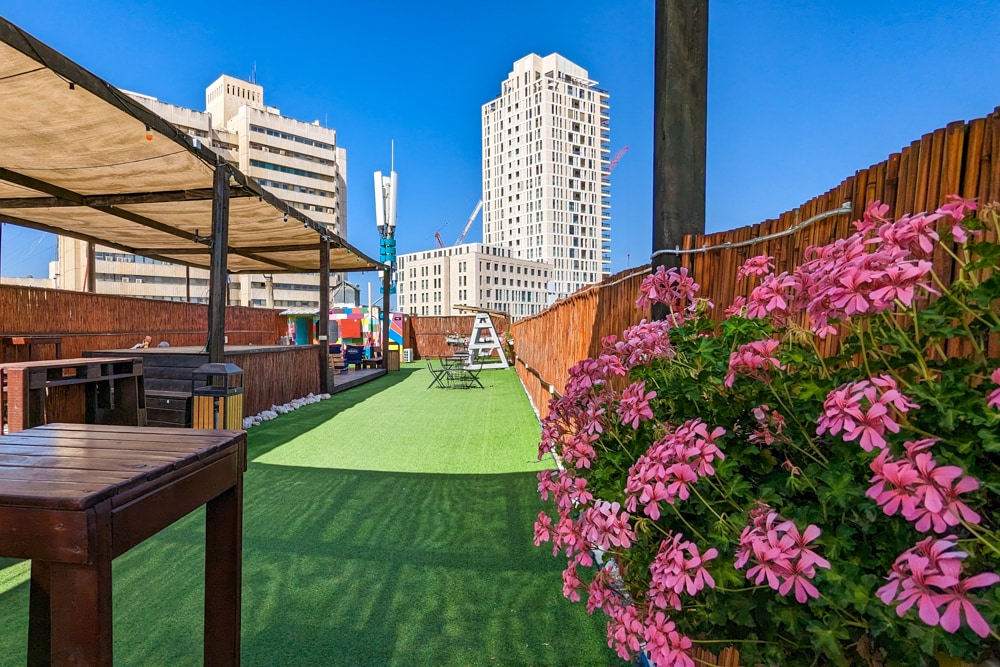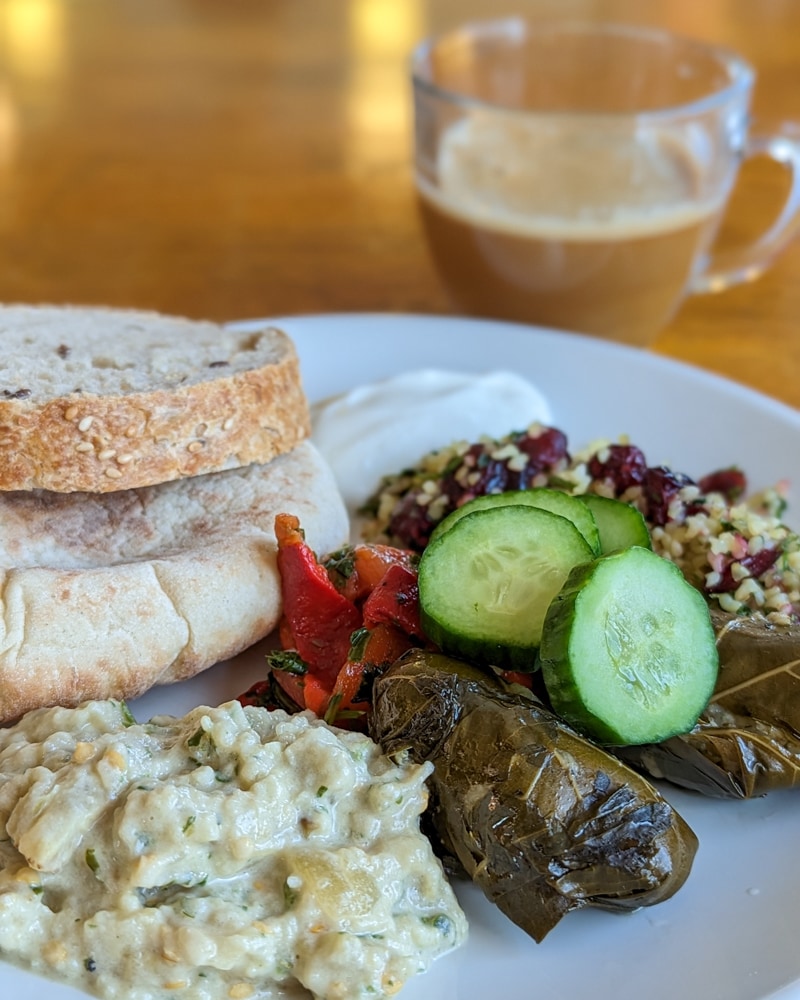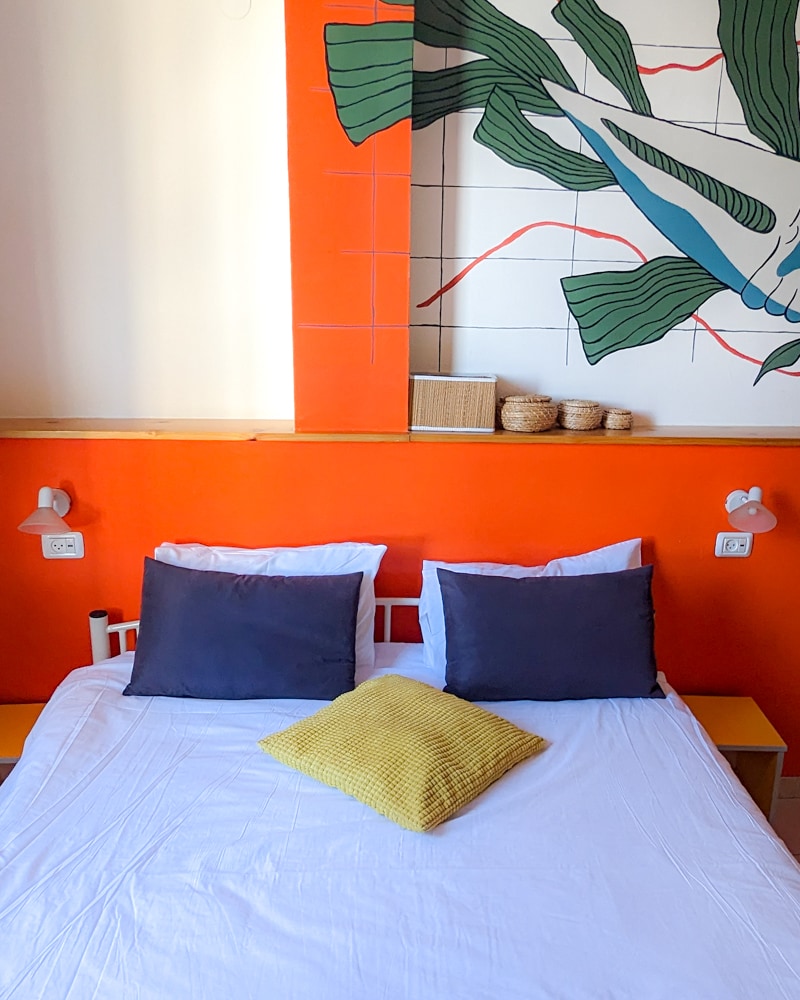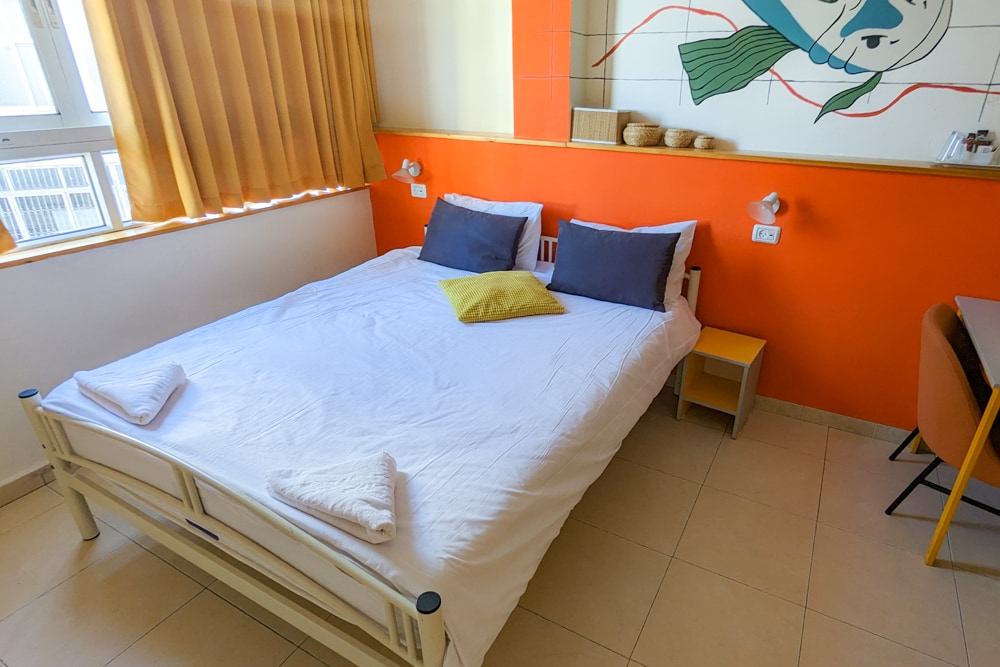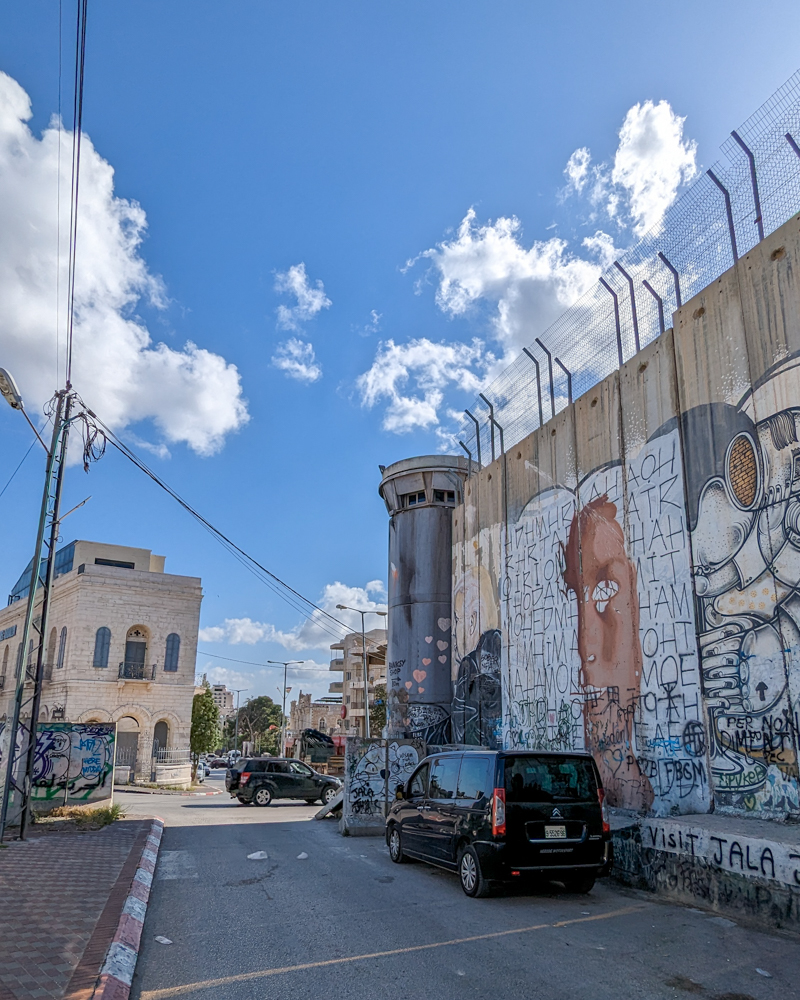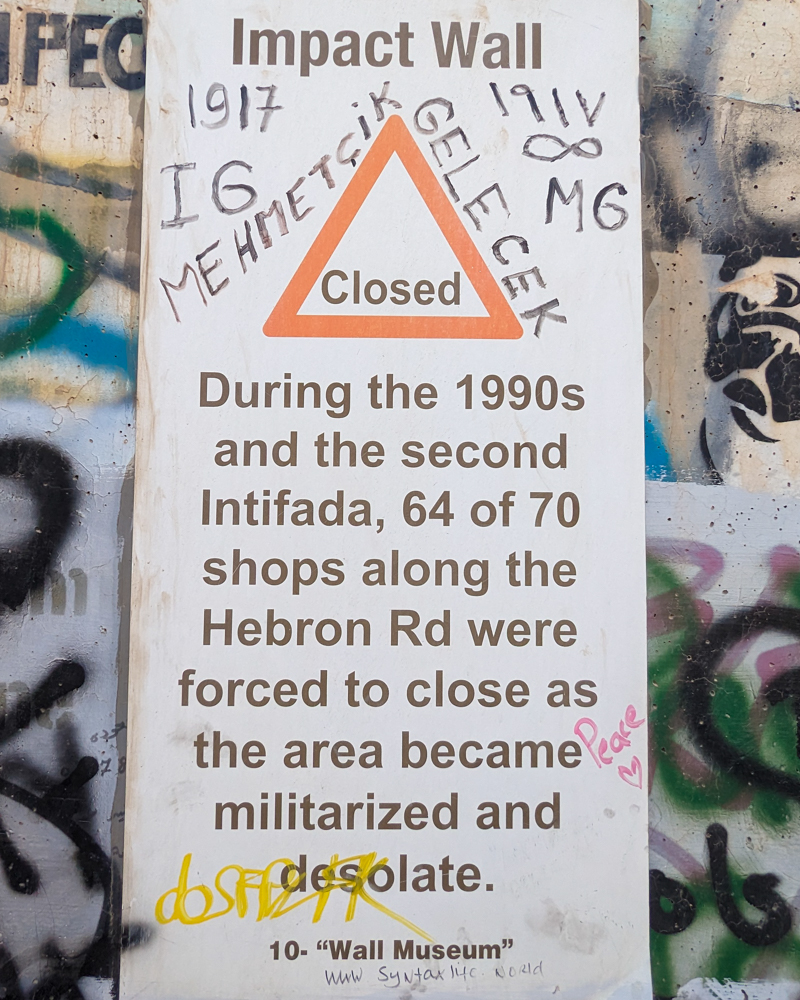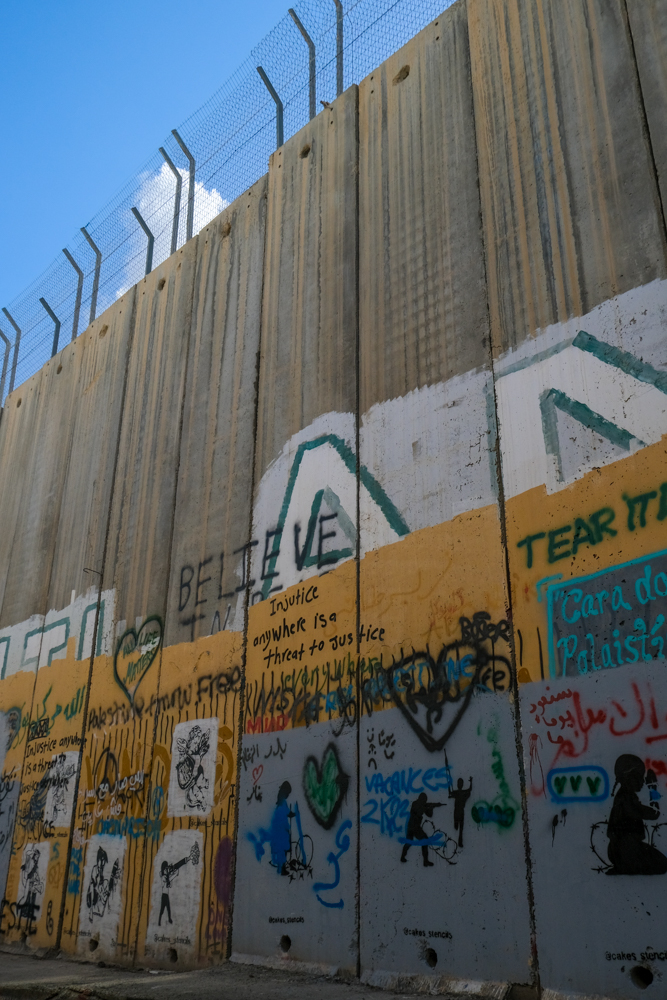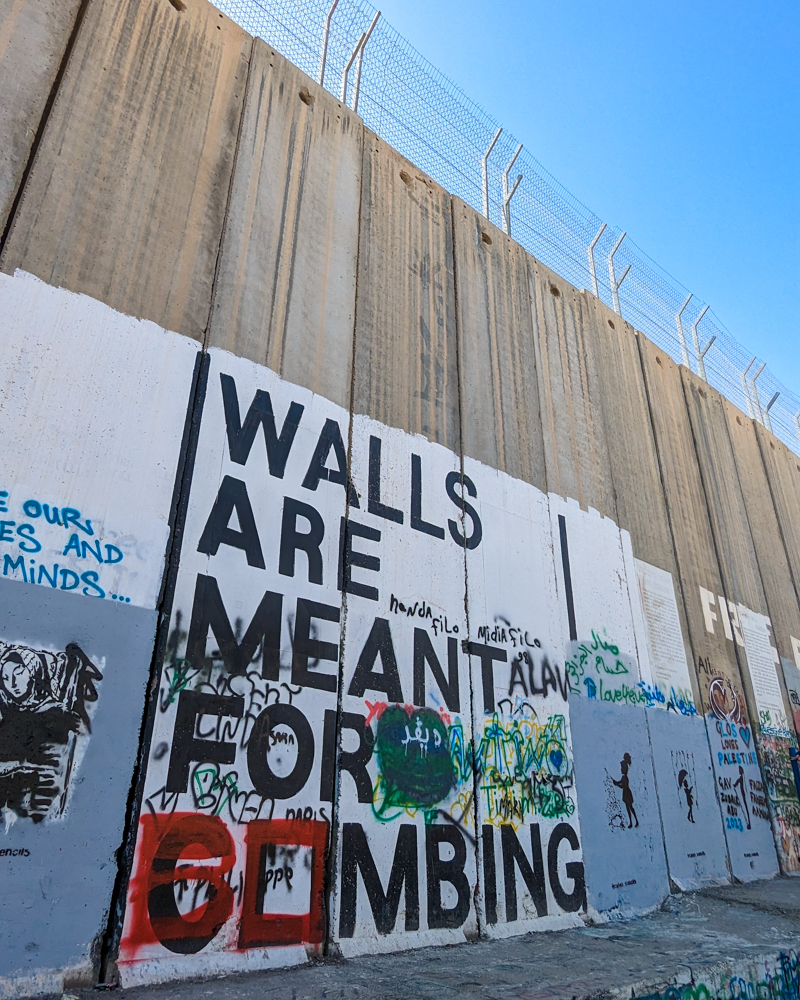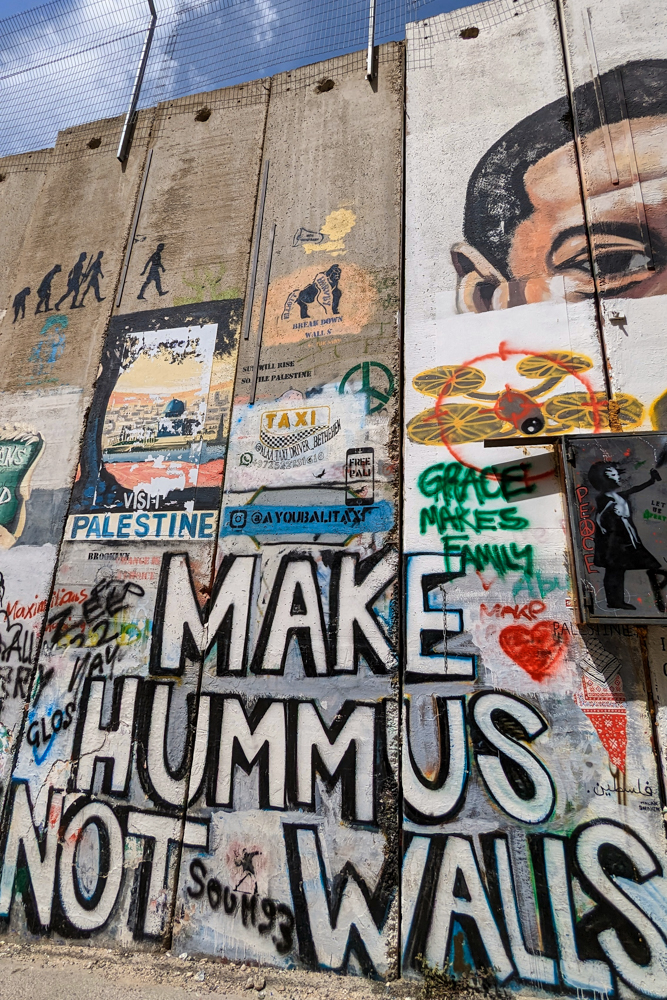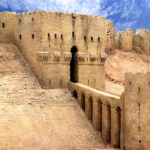Our guide on how to visit the West Bank in Palestine covers everything you need to explore this storied land
The contentious trace of arid land that makes up the West Bank has been a flashpoint between Israel and Palestine for decades. Packed with holy sites in Judaism, Christianity and Islam, the landlocked territory has always been of great symbolic importance.
As such, the region packs in more historical, religious and cultural heritage than arguably anywhere else in the world. In fact, it has the highest concentration of UNESCO World Heritage Sites in the Middle East. That the territory is so compact also means it is entirely possible to see most of the major sights in just a short trip – or even a day.
I visited the West Bank twice during a short trip to the region, travelling by bus and organised tour. To help you with your own trip, I’ve put together the following guide on how to visit the West Bank in Palestine.
What is the West Bank?
The West Bank’s name is derived from the area’s position on the western bank of the Jordan River. It was a creation of the 1948 Arab-Israeli War, which resulted in areas to the north, east and south of Jerusalem – which represent around 22% of what was once Mandatory Palestine from 1920 to 1948 – falling under Jordanian control.
During the 1967 Six-Day War, Jordan lost control of the West Bank to Israel. During the 1960s and 1970s, Jordan sought to reunify with the West Bank but eventually gave up all claims to the Palestinian Liberation Organisation in 1988. The region has continued to be hotly contended ever since with regular outbreaks of violence.
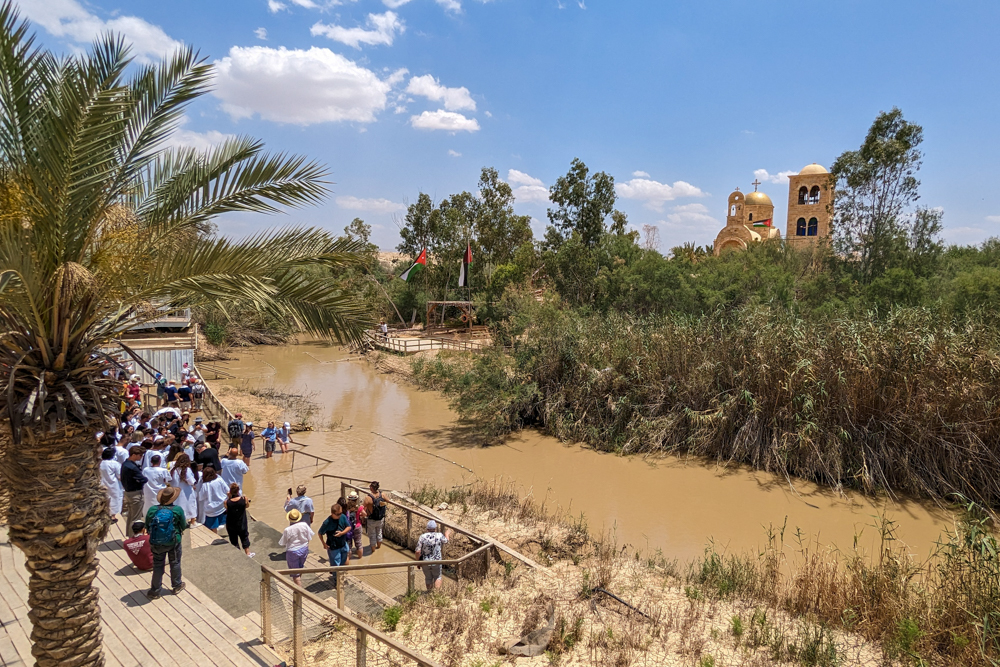
Since the 1995 Second Oslo Accord – an interim agreement on the Palestinian Territories – the West Bank has been divided into three areas.
- Area A (around 18%) is under full Palestinian civil and military control and includes the cities of Ramallah, Jericho and Bethlehem among others.
- Area B (around 22%) is under Palestinian civil but Israeli military control.
- Area C (around 60%) is under full Israeli control and includes the West Bank’s highway network and most of the Jordan Valley.
According to Amnesty International, since the 1967 conflict, Israeli land confiscation and illegal settlement in the West Bank have inflicted enormous suffering on the Palestinian people, depriving them of basic human rights. Today, there are as many as 200 illegal Israeli settlements and 220 outposts inside the Palestinian West Bank representing 3.6% of its total territory and over 600,000 Israeli settlers living on occupied Palestinian land.
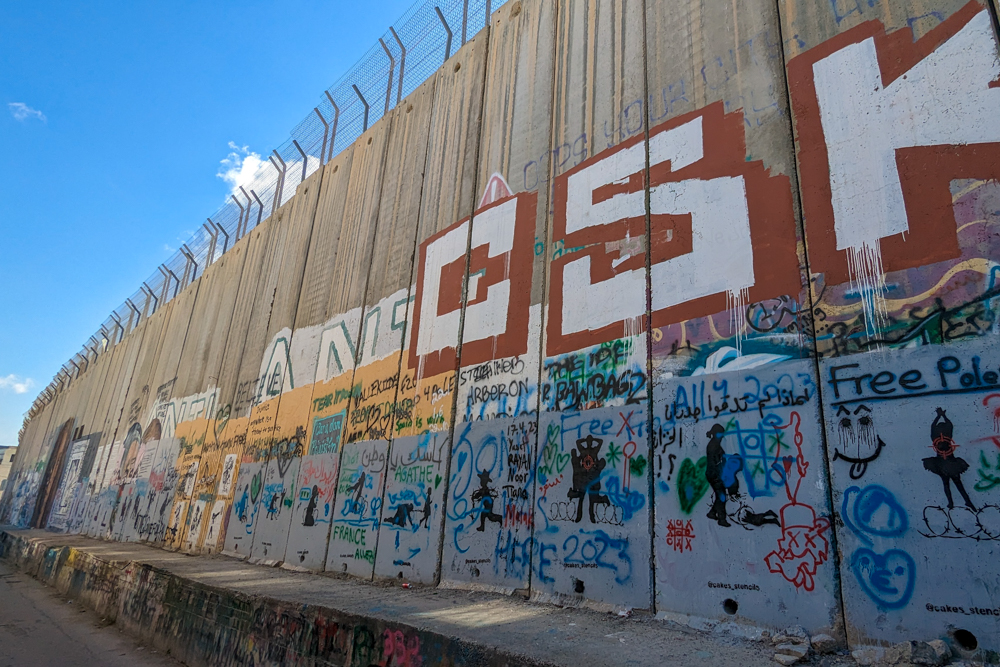
The West Bank remains completely fragmented with Israel controlling nearly all of the checkpoints between the two states as well as those on the outskirts of the cities inside the West Bank such as Bethlehem, Ramallah, Hebron and Jericho.
In 2012, Palestine was granted non-member observer status at the United Nations. Non-Member States such as Palestine and the Vatican can take part in UN General Assembly debates but cannot vote or propose resolutions.
Why go?
While the West Bank may be a political tinderbox, it is also a fascinating destination home to one of the world’s oldest cities (Jericho), the birthplace of Christ (Bethlehem) and the vibrant, bustling de facto capital of Ramallah. Beyond the cities are rolling hills, wild desserts and ancient biblical sites such as Qasr Al Yahud, the reputed spot of Jesus’s baptism by John in the Jordan River.
It’s hard to be optimistic about the future of the West Bank. The peace process has been repeatedly blocked by obstacles – not least the USA’s recognition of Jerusalem as Israel’s capital which abandoned decades of US and global policy. Sadly, I suspect that, like Tibet or Chechnya, Palestinian statehood will eventually become a thing of the past as Israel appears committed to continuing its annexation of the region.
That said, visitor numbers to the West Bank have been steadily rising for nearly two decades. Many Palestinians want outsiders to see their country, not only because tourism remains a promising growth market in their economy but because Palestinians increasingly regard tourism as a way to get tell their stories.
A trip to the West Bank offers an insight into the struggles Palestinians face every day. You will, of course, witness the distressing reality of Israeli occupation but a visit also provides a look beyond the negative perceptions of Palestine, into a beautiful, historic and engrossing destination rarely seen in the news.
Where to go in the West Bank
- Bethlehem: The Church of the Nativity has long drawn pilgrims but there are other attractions including the Mosque of Omar, Bethlehem Museum and the town’s bustling souq.
- Ramallah: Palestine’s de facto capital is vibrant and cosmopolitan. Sites include the Arafat Mausoleum, Al Sa’a Square (Yasser Arafat Square) and Nelson Mandela Square.
- Jericho: Dating back 11,000 years, Jericho is presumed to be the oldest city in the world. Don’t miss the ruins at Tel Al Sultan, Mount Temptation and the Monastery of the Qurantul – built on the spot where Jesus reputedly resisted Satan after his 40-day fast in the desert, Hisham’s Palace and St George’s Monastery.
- Hebron: Believed to be the final resting place of Abraham (Ibrahim to Muslims), Hebron’s Old City and religious sites are cherished by all three monotheistic religions.
- Qasr Al Yahud: The supposed spot where Jesus was baptised by John in the Jordan River also represents the border between Palestine and Jordan – just a stone’s throw over the narrow waterway.
- Nablus: The ancient trading route between Damascus and Jerusalem passed through Nablus. Today, the city is known for its olive oil, soap and wood carving.
- Mar Saba Monastery: This impressive Greek Orthodox monastery overlooks the Kidron Valley around 20km east of Bethlehem and is considered one of the oldest (almost) continuously inhabited monasteries in the world.
How to visit the West Bank on a tour
I joined a Best of the West Bank Tour from Jerusalem with Abraham Tours which collected me from my hostel in Jerusalem. The tour visits Al Sa’a Square and the Yasser Arafat Mausoleum in Ramallah, the archaeological ruins at Jericho, the Qasr el Yahud Baptism Site and the Church of the Nativity in Bethlehem. The tour was led by a Palestinian guide who joined us in Ramallah.
The tour starts at 7:30am from Abraham Hostel and returns at around 6pm depending on traffic and checkpoints. Prices start at around $115 USD and include all transport, entries and lunch. Guests of Abraham Hostels get a 10% discount.
How to visit the West Bank independently
It is possible to visit the West Bank independently. As well as taking the above tour I also visited Bethlehem by myself so I could see what it’s like to navigate the security systems unaided. Although it is undoubtedly more complicated and time-consuming, it is not particularly hard or intimidating.
Israeli vehicles are prohibited by Israel from entering Palestine. As such, you can take buses (known as Arab buses) from Damascus Gate in Jerusalem to Ramallah or Bethlehem. From there, you can either take local buses or organise taxis to onward destinations.
For Ramallah, take bus 218 or 219. For Bethlehem, take either bus 231 or 234. Note that the 234 goes through a checkpoint so requires you to disembark and walk through.
To get to Jerusalem from Tel Aviv, take the Express Train from Tel-Aviv Hahagana Station to Jerusalem Itzhak Navon Station. The train runs several times an hour from 6.30am to around 11pm and takes 37 minutes, only stopping once at Ben Gurion Airport. There is no need to book tickets in advance but be aware trains do not run during Shabbat (see ‘Considerations’ below).
I flew from London to Tel Aviv. Book through skyscanner.net for the best prices.
Where to stay
I stayed at Abraham Hostel in downtown Jerusalem, just a 20-minute walk from Jaffa Gate, Damascus Gate and most other sites in the Old City. The popular hostel caters for a range of travellers from backpacker dorms to private and family rooms. I stayed in a private superior room.
An excellent breakfast is included in the room rate. Other facilities include a lounge area, guest kitchen, bar, rooftop terrace, TV room, laundry room, luggage room and travel centre where you can organise tours.
If you plan to stay overnight in the West Bank then it’s best to base yourself in either Bethlehem or Ramallah which both have excellent accommodation options. We’ve picked out a few popular choices but there are many more available on booking.com.
Bethlehem
- Hosh Al-Syrian Guesthouse
- The Walled Off Hotel
- Grand Hotel Bethlehem
- Dar Al Mauge Boutique Hotel
- Dar al Majus
- Bethlehem City Hostel
Ramallah
When to visit the West Bank
The best time to visit Palestine is during spring or autumn. Try to avoid the hot and busy summer months between June and September. The shoulder seasons of April and May or October and November are ideal, though you may wish to avoid religious holidays like Ramadan (see ‘Considerations’ below).
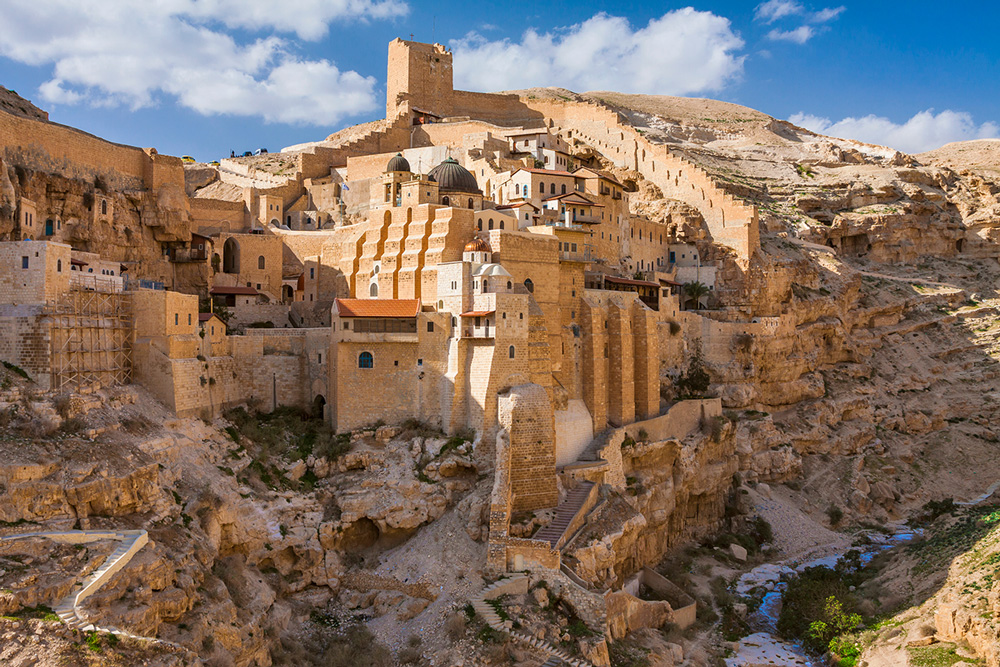
Considerations
Our Palestinian guide was not allowed to use the highways so had to meet us at our first stop in Ramallah. He lived in Bethlehem, just a 20-minute drive from Jerusalem but because of restrictions on Palestinians, he had to take a 1.5-hour diversion in order to meet the tour bus in Ramallah. Likewise, when travelling between sites, the tour bus was not allowed to use the Israeli-controlled highways so we had to drive the longer – but more scenic – backroads.
There are checkpoints outside the main cities so be prepared for armed Israeli guards to board your vehicle to inspect passengers, luggage and passports. This can cause delays to your journey.
There are no checkpoints as you exit Israel, but there are when returning. Again, these can be busy and cause delays. If you’re travelling by bus or coach, it may be necessary to alight the vehicle and pass through the checkpoint on foot and rejoin the vehicle on the Israeli side.
Recently, the West Bank has proved largely safe for international travellers and the risk of encountering trouble is low. That said, the West Bank is under military control and the situation is in flux. Always check your national travel advisories and keep an eye on the news before and during your visit.
Bear in mind that religious holidays may affect your plans. These include Ramadan, the moveable Islamic month of fasting when restaurants and shops are likely to be closed during the day; the Christian holiday of Easter, which sees masses of crowds descend on holy sites, particularly in Bethlehem and Jerusalem; the Jewish holidays of Passover, a spring festival that begins on the 15th day of Nisan, the first month of the Jewish calendar; and Yom Kippur, which falls in September or October. Always wear modest clothing when visiting holy sites.

If you’re spending time in Israel, Shabbat (Sabbath) is the Jewish Day of Rest. Shabbat is observed every week from sunset on Friday to sunset on Saturday. Most shops, restaurants and public transport will shut down. Checkpoints remain open but can get busy.
All international travellers should carry their passports with them in the West Bank. Israel forbids Israeli passport holders from entering the West Bank.
We recommend getting a Holafly eSIM for Israel so you can stay connected to the internet on your trip. We can offer our readers 5% off all Holafly purchases. Simply use the code ATLASANDBOOTS at checkout.
Enjoyed this post? pin it for later…
